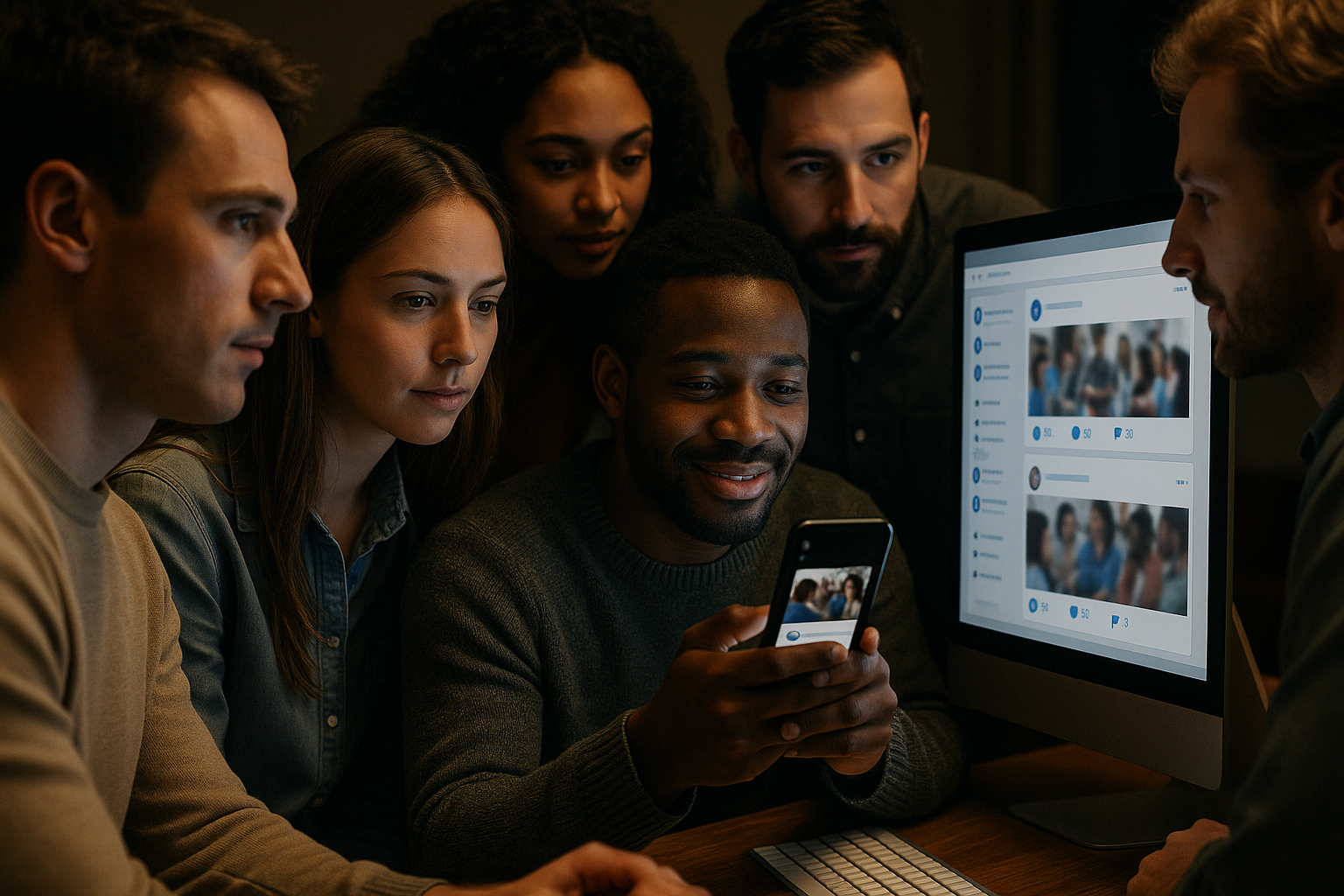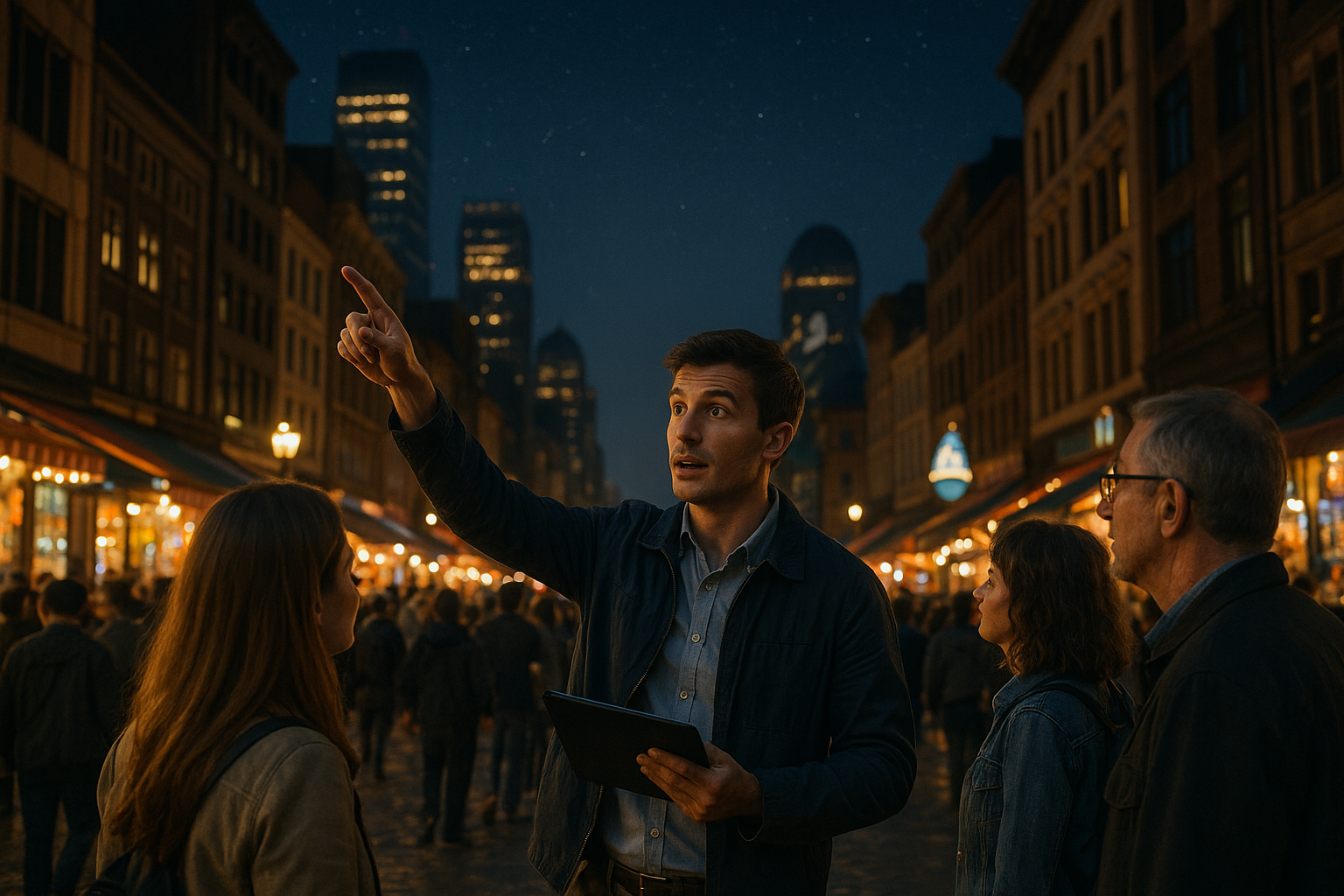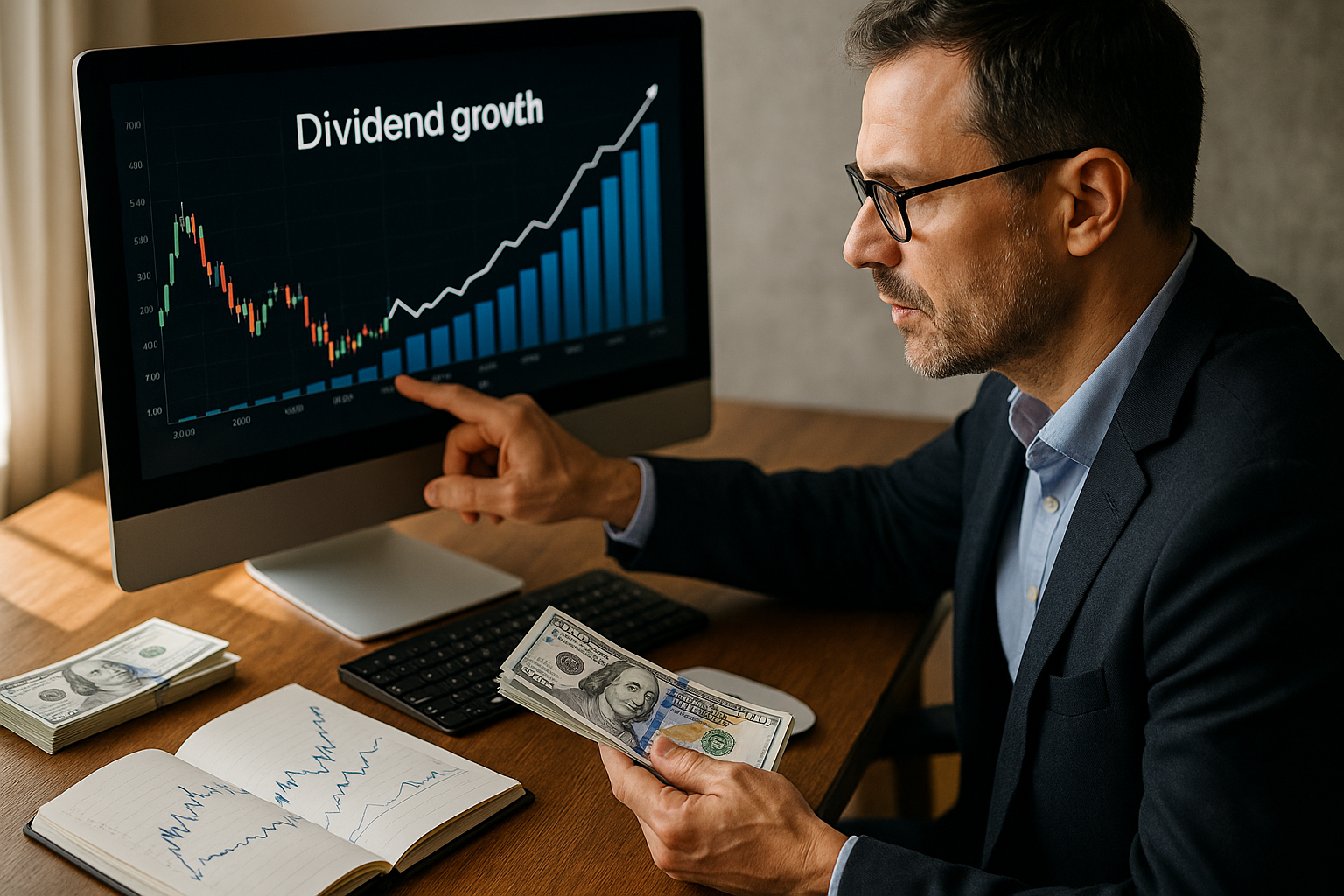The Shaping of Collective Memory through Social Media
In recent years, the world has witnessed a seismic shift in the manner that memories are created, stored, and shared. Gone are the days when memories were the exclusive domain of personal experiences and family anecdotes; today, the collective memory is increasingly being shaped by social media. This article will delve into the historical context, examine the current trends, and explore the implications of this significant phenomenon.

Tracing the Evolution of Collective Memory
Collective memory refers to the shared pool of memories, knowledge, and information of a social group that is significantly associated with the group’s identity. Traditionally, collective memory was shaped by shared experiences, oral histories, and physical tokens like photographs and memorabilia. However, the advent of the internet and social media platforms has revolutionized how collective memory is formed and disseminated.
The Age of Social Media: A Pivotal Shift
The proliferation of social media platforms like Facebook, Twitter, Instagram, and Snapchat has had a profound impact on the way memory is understood and shared. These platforms have democratized the creation and dissemination of memory, allowing anyone with internet access to contribute to the collective memory. They have also made it possible to share memories on an unprecedented scale, reaching audiences that would have been unimaginable in the pre-internet era.
The Implications: Shaping Society through Shared Memories
The shift towards a social media-driven collective memory has significant societal implications. On the positive side, it can foster a sense of community and shared identity, as people connect over shared experiences and memories. It can also serve as a powerful tool for social movements, allowing them to spread their message and rally support on a global scale.
However, there are also potential downsides. The fact that anyone can contribute to the collective memory means that it is susceptible to manipulation and misinformation. In addition, the transient nature of social media content can lead to a short-term memory culture, where old memories are quickly forgotten in the rush to create and share new ones.
Striking a Balance: Future Directions
As we continue to navigate the digital age, it’s crucial to strike a balance between the benefits and drawbacks of a social media-driven collective memory. This involves promoting digital literacy, so users can critically evaluate the information they consume, and developing strategies to preserve important memories in the face of the relentless onslaught of new content.
A New Era of Collective Memory
As social media continues to shape our collective memory, it’s essential that we remain cognizant of its potential impacts, both positive and negative. Only then can we harness its power to create a shared narrative that reflects our diverse experiences and perspectives, while avoiding the pitfalls of misinformation and forgetfulness. As we delve deeper into the digital age, the shaping of collective memory through social media will undoubtedly continue to play a pivotal role in our society.





